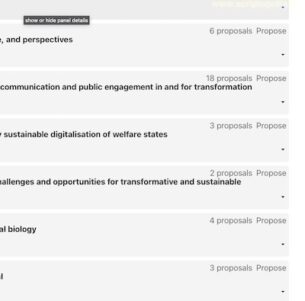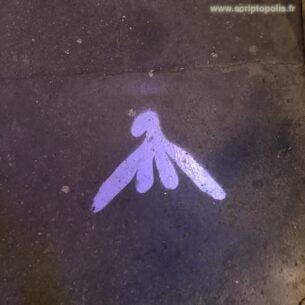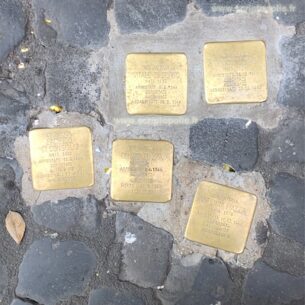Drive me crazy
On a highway, October 2012.
For a similar price, buying a car goes hand in hand with a range of customization options dedicated to increase security, confort, even dwelling, during journeys. From this point of view, a car equals dreaming, with the freedom of movement as its main horizon. In contrast, driving a car consists in complying with a pile of rules inscribed in the highway code. Even though one assumes that drivers know these rules, different devices are put all along roads to enact such a law in different manners. Dedicated to traffic fluidity and security, road marks ascribe different entities (cars, trucks, bikes…) to particular places or specific lanes. In a supplement manner, roadsigns display situated instructions for drivers to adapt their speed, to anticipate a dangerous bend, or to watch more carefully for pedestrians. The most expected dream of freedom considerably fades out…
With the creation of electronic panels on highways, the set of rules is not only regularly recalled in the course of journeys. Rather, it is extended to the level of a ongoing training dedicated to other domains. Reading “neither alcohol nor drugs when driving”, this one is particularly interesting. It emphasizes the fact that driving a car entails a very high level of attention and vigilance. Simultaneously, and incidentally, it opens a new window into what car driving is. Of course, car passengers, and even highway workers, are not subjected to the same rules and responsibility the drivers are. But, according to the displayed information, they are also allowed to bypass other rules. Thus the dream of freedom lasts, by a small displacement: strictly forbidden when driving, alcohol and drugs can be safely consumed in any other situations.







